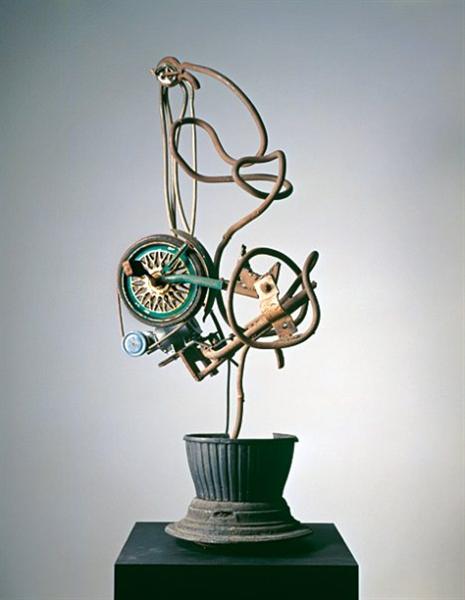Title of Artwork: “Violet and gold”

Artwork by Frederick McCubbin
Year Created 1911
Summary of Violet and gold
When it comes to Frederick McCubbin’s mature style, Violet and Gold (1911) is a good place to start. It was during the early decades of the twentieth century that McCubbin’s work was at its pinnacle, as opposed to his contemporaries’ peaks in the 1880s and 1890s.
All About Violet and gold
McCubbin’s five-month trip to Europe in 1907, during which he saw for the first time the works of J.M.W. Turner and Claude Monet, can be partially attributed to this. It was McCubbin’s fascination with light and the effects of nature that drew him to these two artists.
Turner’s later works, on display for the first time at the Tate Gallery in London, particularly moved him. ‘He realised the quality of light,’ he wrote of Turner. light drenched mist, cloud, sea, and land in the absence of any stage effects. With a tender brilliance,’ they appear to glow.
He was inspired by Turner and Monet to paint landscapes and still lifes with a strong emphasis on light and colour. Painting abstractly with a palette knife and using dots of colour to capture different light effects also became a new technique for him.
It was early in the morning, and there was a soft and hazy sunlight that fell and reflected on water in this painting. Using dense trees and shrubbery, he created an enclosed space that allows the viewer to imagine what it’s like to be a part of the bush. At McCubbin’s cottage on Mount Macedon, the painting was done near Ard Chielle, a property McCubbin owned.
Many of McCubbin’s paintings depict a low-lying wetland area that is filled with tall gum trees. Stringybark and White gum trees were beautiful to him because they had varying shades of light and shade, which reflected different tones depending on which tree was in the shade and which tree was in the light.
McCubbin’s painterly treatment had the exact effect he was going for: crimson, violet, and grey flecks that glowed in golden and yellow light. McCubbin’s fondness for Turner’s paintings, such as Going to the Ball (San Martino) (1846) and The Lake, Petworth, Sunset; Sample Study, can be seen in the painting’s shimmering light (ca. 1827-1828).
Because of its distinct characteristics, McCubbin’s landscape is distinct from that of European art, despite its influence.
As a means of emphasising his primary interest in light and colour, McCubbin chose the abstract and poetic title “Violet and gold.” It was one of the few times he made a direct allusion to colour in the title.
It’s not uncommon for landscape paintings from this period to have titles that refer to the season or the time of day, like The Coming of Spring (1912) or Winter’s Morning (1914). ‘In little songs of carmine, violet, green and gold’ by American poet Stephen Crane may have inspired him. The water was bathed in a kaleidoscope of hues.
Information Citations
En.wikipedia.org, https://en.wikipedia.org/.
























